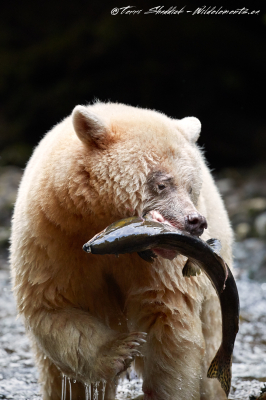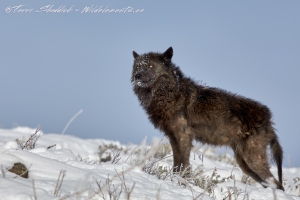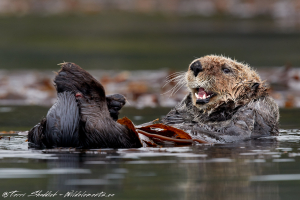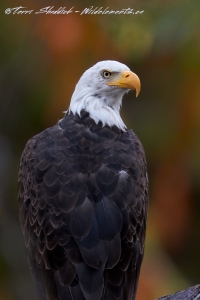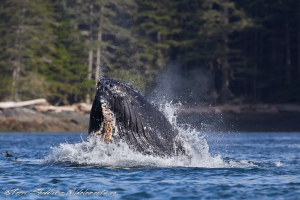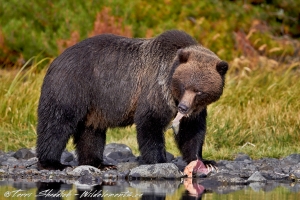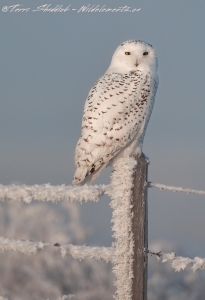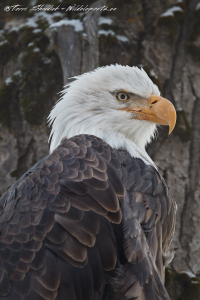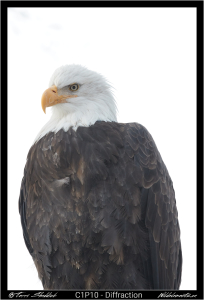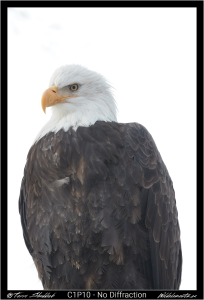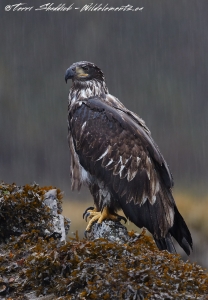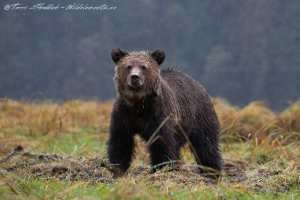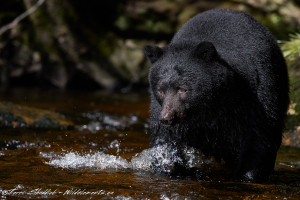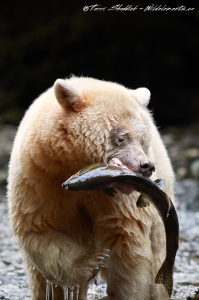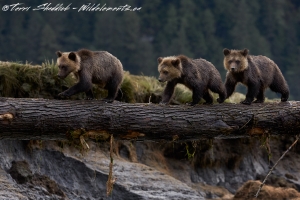01 Jan Top 10 of 2016: #10 – Spirit & Salmon
Notice: Trying to access array offset on value of type bool in /var/www/wp-content/plugins/bridge-core/modules/shortcodes/shortcode-elements/_social-share/templates/social-share.php on line 124
In 2016 I was fortunate enough to take 6 different trips, including two new ones, as well as travel throughout Alberta on the weekends. I started in the spring by visiting the Khutzeymateen Grizzly Bear Sanctuary. That was followed by a new trip in late July to Northern British Columbia to photograph Fishing Grizzlies of the Taku followed shortly after by the Marine Mammals of the Johnstone Strait. In September I travelled for my third year to the Great Bear Rainforest, and ended the by visiting Haines Alaska in November, and Yellowstone National Park in December. I am walking away from 2016 with many great images (most of which I haven’t had the time to process year), and great memories, and even some new friends that I met on these trips.
In 2016 I was provided the opportunity to photograph a variety of different species, from Grizzly Bears, to Black Bears, Humpback Whales, and Bald Eagles, and many species in between. This series of blog posts will focus on my “Top 10 of 2016”. Some of these images will be in the top because of the experience, not just because it’s the “best quality” image that I have taken in the year.
The first image in my Top 10 of 2016 is of a Spirit Bear from my trip to the Great Bear Rainforest, which is abstractly titled “Spirit & Salmon” (haha – right).
I credit the Great Bear Rainforest (and a last minute cancellation by someone in 2014) for really getting me interested in travelling to the British Columbia coast.
Not only does the Great Bear Rainforest provide the opportunity to photograph marine mammals, Black Bears, Grizzly Bears, but it is also the only place in the world to find the rare Spirit Bear. Spirit Bears are part of the black bear species but has a recessive gene that can cause them to have white fur when they are born with two versions of the recessive gene (similar to a human being born with red hair). Sprit Bears (or white bears) can have either black or white cubs, just like a white cub can have a black or white mom. I also saw an instance in 2014 when a black bear mother had both a black cub and a white cub.
Given how rare it is to see a Spirit Bear (or white bear) I think that in itself makes the spirit bear image end up on my top images list of the year – at least until I spend a few more years in the Great Bear Rainforest and get so many images that I’m tired of them (kidding – I don’t think that is even possible).
This Spirit Bear is the very first spirit bear that I ever saw in the Great Bear Rainforest two years ago. And it was a real treat to get to see her again in 2016. She is a very gentle and tolerant bear, and she was actively fishing the stream that we were sitting alongside and catching quite a few fish. In this image she came pretty close to where we were sitting, almost like she was showing off the salmon that she caught. This image was only photographed using a 300mm focal range. If you had told me that I could get that close to a rare species before I went on this trip I wouldn’t even believe you.
For some reason, which is not well understood, it was noticed by researchers that black bears were successful in catching fish one quarter of the time when fishing during the day, however the spirit bears were successful one third of the time, making them more successful. One scientist speculated that the salmon were less concerned when there was something white above them compared to something black, therefore leading them to be more successful. I know the day we watched this Spirit Bear, she was successful even more than one-third of the time (of course I know that one day is not a representative sample), but it was amazing, it was like she just couldn’t miss on that particular day.
There is something that seems so gentle and calming about the spirit bears, and I hope that when I am in the Great Bear Rainforest again in 2017 that I will be fortunate enough to see another one of these beautiful creatures.
Click the link to see more of my image from trips to the Great Bear Rainforest. If you are interested in finding out more about this image, or the Great Bear Rainforest, email me.
In 2016 I was fortunate enough to take 6 different trips, including two new ones, as well as travel throughout Alberta on the weekends. I started in the spring by visiting the Khutzeymateen Grizzly Bear Sanctuary. That was followed by a new trip in late July to Northern British Columbia to photograph Fishing Grizzlies of the Taku followed shortly after by the Marine Mammals of the Johnstone Strait. In September I travelled for my third year to the Great Bear Rainforest, and ended the by visiting Haines Alaska in November, and Yellowstone National Park in December. I am walking away from 2016 with many great images (most of which I haven’t had the time to process year), and great memories, and even some new friends that I met on these trips.
In 2016 I was provided the opportunity to photograph a variety of different species, from Grizzly Bears, to Black Bears, Humpback Whales, and Bald Eagles, and many species in between. This series of blog posts will focus on my “Top 10 of 2016”. Some of these images will be in the top because of the experience, not just because it’s the “best quality” image that I have taken in the year.
The first image in my Top 10 of 2016 is of a Spirit Bear from my trip to the Great Bear Rainforest, which is abstractly titled “Spirit & Salmon” (haha – right).
I credit the Great Bear Rainforest (and a last minute cancellation by someone in 2014) for really getting me interested in travelling to the British Columbia coast.
Not only does the Great Bear Rainforest provide the opportunity to photograph marine mammals, Black Bears, Grizzly Bears, but it is also the only place in the world to find the rare Spirit Bear. Spirit Bears are part of the black bear species but has a recessive gene that can cause them to have white fur when they are born with two versions of the recessive gene (similar to a human being born with red hair). Sprit Bears (or white bears) can have either black or white cubs, just like a white cub can have a black or white mom. I also saw an instance in 2014 when a black bear mother had both a black cub and a white cub.
Given how rare it is to see a Spirit Bear (or white bear) I think that in itself makes the spirit bear image end up on my top images list of the year – at least until I spend a few more years in the Great Bear Rainforest and get so many images that I’m tired of them (kidding – I don’t think that is even possible).
This Spirit Bear is the very first spirit bear that I ever saw in the Great Bear Rainforest two years ago. And it was a real treat to get to see her again in 2016. She is a very gentle and tolerant bear, and she was actively fishing the stream that we were sitting alongside and catching quite a few fish. In this image she came pretty close to where we were sitting, almost like she was showing off the salmon that she caught. This image was only photographed using a 300mm focal range. If you had told me that I could get that close to a rare species before I went on this trip I wouldn’t even believe you.
For some reason, which is not well understood, it was noticed by researchers that black bears were successful in catching fish one quarter of the time when fishing during the day, however the spirit bears were successful one third of the time, making them more successful. One scientist speculated that the salmon were less concerned when there was something white above them compared to something black, therefore leading them to be more successful. I know the day we watched this Spirit Bear, she was successful even more than one-third of the time (of course I know that one day is not a representative sample), but it was amazing, it was like she just couldn’t miss on that particular day.
There is something that seems so gentle and calming about the spirit bears, and I hope that when I am in the Great Bear Rainforest again in 2017 that I will be fortunate enough to see another one of these beautiful creatures.
Click the link to see more of my image from trips to the Great Bear Rainforest. If you are interested in finding out more about this image, or the Great Bear Rainforest, email me.





